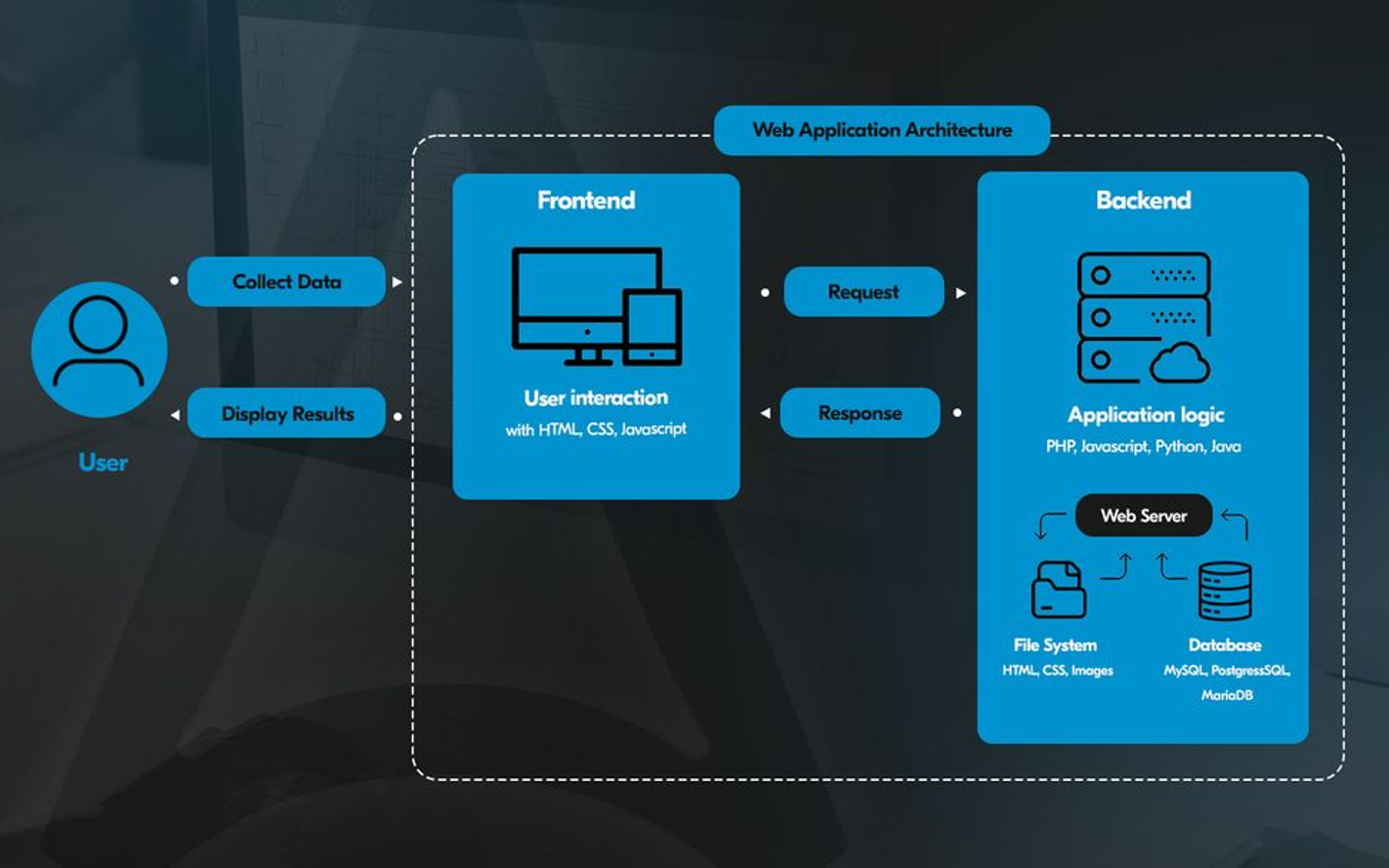In today’s fast-changing digital world, having a clear and straightforward website structure is more important than ever. Google’s updated URL structure guidelines help businesses improve how their websites work. Whether you run a big company or a small business, using these best practices can help you grow online.
Why Is URL Structure Important?
Your URL is the address visitors use to find your website pages. A clear and simple URL:
- Makes it easier for people to understand what the page is about.
- Helps search engines find and rank your pages better.
- Improves user experience, encouraging visitors to stay longer.
- Supports your marketing efforts to bring more traffic.
If your URLs are confusing or too long, visitors may leave. Search engines may not rank your site well. That affects your entire digital marketing success.
What Has Google Changed?
Google’s new rules focus on making URLs meaningful and straightforward. Here’s what they suggest:
- Use short, readable URLs with real words.
- Avoid complex parameters and numhttps://onlinepromotionhouse.com/ppc-servicesbers.
- Always use HTTPS for security.
- Redirect old URLs properly to new ones.
These updates improve the way Google indexes your pages. They also help your SEO services perform better and support your PPC services by ensuring ad landing pages are transparent and trustworthy.
Best Practices for Your URL Structure
Follow these steps to make your URLs work for your business.
1. Make URLs Short and Clear
A good URL tells users what the page is about without extra words or numbers. For example:
www.yoursite.com/seo-services is better than
www.yoursite.com/page?id=12345.
Use hyphens between words, not underscores. Keep all letters lowercase. Simple URLs help with your brand positioning and make sharing easy.
2. Be Consistent Across Your Site
Use the same style for all URLs on your site. For example:
- Always use lowercase letters.
- Keep the folder structure simple.
- Avoid mixing formats.
Consistency helps search engines index your pages faster. It also improves your overall SEO services.
3. Use HTTPS Everywhere
Security matters. Google prefers sites that use HTTPS. It protects users’ data and builds trust. This can help your performance marketing by improving user confidence and boosting rankings.
4. Redirect Old URLs Properly
If you change a URL, use a 301 redirect. This tells Google the page has moved permanently.
- Avoid long redirect chains.
- Fix broken links quickly.
Good redirects keep your SEM services campaigns running smoothly. They prevent users from landing on error pages, which can hurt conversions.
5. Optimise for Mobile Users
More people use mobile devices now. Your URLs should be easy to read and type on phones.
- Use short, clear URLs.
- Make sure your site is mobile-friendly.
This helps your PPC services perform better because users have a better experience.
How URL Structure Helps Performance Marketing
Your URL structure affects your marketing results. Clean and relevant URLs:
- Increase ad quality scores.
- Lower your costs per click.
- Improve conversion rates.
When your URLs are clear, your performance marketing campaigns work more efficiently.
Support Your Brand Positioning
A good URL shows professionalism. It tells visitors your site is reliable and organised. Clear URLs help build a strong brand image. Visitors remember and trust your site more.
Avoid These Common Mistakes
Watch out for these errors:
- Using long URLs with many parameters.
- Adding too many keywords in the URL.
- Leaving pages with no internal links.
- Ignoring broken or outdated URLs.
Fixing these helps your SEO services, PPC services, and SEM services work better.
Simple Steps to Start Today
- Check your current URLs for issues.
- Fix confusing or long URLs.
- Set up proper redirects.
- Update your sitemap.
- Monitor your website performance.
Starting with these steps will improve your site fast.
Looking Ahead
The web keeps changing. Keeping your URL structure clear and updated prepares you for the future. It supports all parts of your digital marketing. When your URLs are correct, your SEO, PPC, and SEM efforts will pay off more.
Google’s new URL structure guidelines are a chance to improve your website. Remember these key points:
- Keep URLs short and precise.
- Be consistent in naming.
- Use HTTPS for security.
- Redirect old pages properly.
- Make URLs mobile-friendly.
Clear URLs make your site easier to find and use. This boosts your performance marketing and helps your brand stand out.



